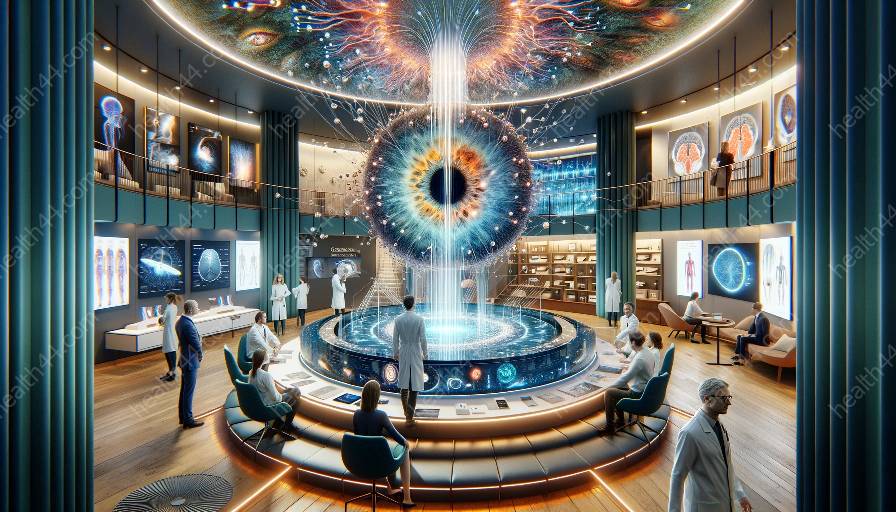Visual perception training plays a crucial role in the overall rehabilitation process for vision care patients. By addressing the underlying visual processing deficits, this training contributes significantly to improving the quality of life for individuals with visual impairments.
Understanding Visual Perception
Visual perception refers to the brain's ability to interpret and make sense of visual information received through the eyes. It involves processes such as visual discrimination, spatial awareness, depth perception, and visual-spatial organization. When this process is impaired due to injury, disease, or trauma, it can significantly impact one's ability to perform daily activities.
The Significance of Visual Perception Training
Visual perception training forms a vital component of vision rehabilitation programs. By targeting specific visual processing deficits, such as visual memory, figure-ground discrimination, and visual closure, this training aims to improve the patient's ability to interpret and respond to visual stimuli effectively.
Enhancing Functional Vision
Through targeted exercises and activities, visual perception training helps individuals with visual impairments develop and enhance their functional vision. This includes improving skills related to reading, writing, mobility, and object recognition, ultimately leading to greater independence and confidence in daily tasks.
Neuroplasticity and Visual Rehabilitation
Neuroplasticity, the brain's ability to reorganize and form new neural connections, plays a critical role in visual rehabilitation. Visual perception training leverages neuroplasticity by providing repetitive and structured stimuli to promote the reorganization of visual pathways in the brain, leading to improvements in visual function over time.
Collaborative Approach in Vision Rehabilitation
Visual perception training is often integrated into a multidisciplinary approach to vision rehabilitation, involving optometrists, ophthalmologists, occupational therapists, and other healthcare professionals. This collaborative effort ensures that the training is tailored to the unique needs of each patient, addressing both the physiological and functional aspects of visual impairment.
Empowering Patients through Education
Education and training are essential components of vision rehabilitation, and visual perception training is no exception. Patients are empowered with a deeper understanding of their visual challenges and provided with tools and strategies to overcome them. This empowers them to actively participate in their rehabilitation process and manage their visual impairments more effectively.
The Future of Visual Perception Training
As technology and research continue to advance, the field of visual perception training is poised for further innovation. Virtual reality, interactive software, and digital tools offer new avenues for providing targeted and engaging visual perception training, enhancing the effectiveness and accessibility of vision rehabilitation programs.





















